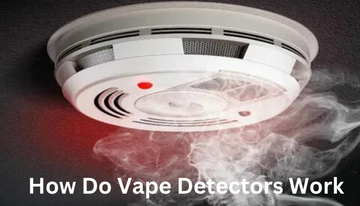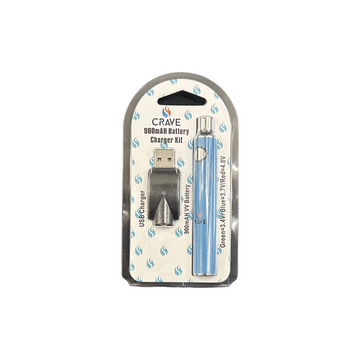
Vaping can present significant difficulties when trying to enforce no-smoking policies at schools, workplaces or public spaces; to counter this issue, vape detectors have emerged as technological solutions; but how do vape detectors work?
Shop Now: Hidden Hills Vape
Vape Detector Basics for Beginners
Vape detectors, also known as electronic vaping devices or vaping detectors, are devices that detect the vaping vapor produced by electronic cigarettes and similar devices. They act as a deterrent against vaping when in restricted areas. Such detectors have become an increasing presence in places that prohibit smoking but still address vaping as a concern. Understanding how do vape detectors work is essential to grasp their functionality and effectiveness in enforcing no-smoking policies.
Sensing Technology
Vape detectors use various sensing technologies to detect vapor. Common methods include:
- Particle Sensors: These sensors detect particles present in the air, including those found in vapor form. Once detected, an alert will be raised.
- Chemical Sensors: When combined, some vape detectors incorporate chemical sensors which can recognize specific compounds found in electronic-cigarette vapor such as nicotine or propylene glycol and activate an alert mechanism when identified.
- Air Pressure Sensors: Vaping typically involves exhaling vapor into the atmosphere, so air pressure sensors are ideal tools to detect sudden changes in air pressure caused by exhaling - signalling that vaping has occurred and signalling its presence.
- Sound Detection: Certain vape detectors come equipped with microphones or sound sensors capable of picking up on the distinctive sound made when vaping devices are being used, making this method less common but potentially effective in certain settings.
Integration and Alert Mechanisms
Once vapor has been detected, vape detectors typically initiate an alert system to notify relevant personnel of its existence. This alert could take various forms such as:
Visual Alerts: Many vape detectors come equipped with LED lights or displays that illuminate when vaping is detected in their immediate area, providing clear proof that vaping activity has taken place nearby. These visual indicators serve as a clear sign that vaping activity has occurred nearby and should serve as an early warning indicator to potential danger.
Audible Alarms: Vapor detectors can also produce audible alarms such as beeps or sirens to draw your attention to the presence of vapor.
Notification Systems: Some vape detectors come equipped with notifications systems that notify individuals or security staff via email, text message or smartphone app of vaping incidents in real-time for real-time monitoring and response. This enables real-time response.
Advanced Features
To increase their effectiveness, some vape detectors come equipped with advanced features, such as:
Remote Monitoring: Certain vape detectors can be monitored remotely with a central control system, enabling administrators to track vaping activity across multiple locations in real time.
Data Logging: Vape detectors may store information regarding vaping incidents, such as their frequency, duration and location of detected vape events that can later be used for analysis and enforcement. This data may help ensure more precise enforcement.
Integration With Security Systems: Vape detectors may also be integrated seamlessly with existing security systems for seamless integration into an overall security infrastructure.
Privacy and Ethical Considerations
Vape detectors serve a valuable purpose by upholding no smoking policies and creating a healthier work environment, but their deployment also raises ethical considerations that need to be balanced against vaping detection needs and protecting individual rights of privacy and confidentiality. Organizations must strike an equilibrium between needing vaping detection capabilities while upholding individual privacy rights and maintaining confidentiality for staff who use vaping detectors.
Check Out: Packwoods Disposable
Conclusion:
How do vape detectors work? It play a pivotal role in mitigating the challenges posed by vaping in forbidden locations, using sophisticated sensing technologies and alert mechanisms, they help enforce no smoking policies and foster smoke free environments. With vaping's continued growth and regulatory requirements increasing over time, these tools should remain an invaluable means for keeping track of where vaping can take place and complying with regulations; but their implementation must take account of privacy considerations while respecting individual rights and individual freedom.




